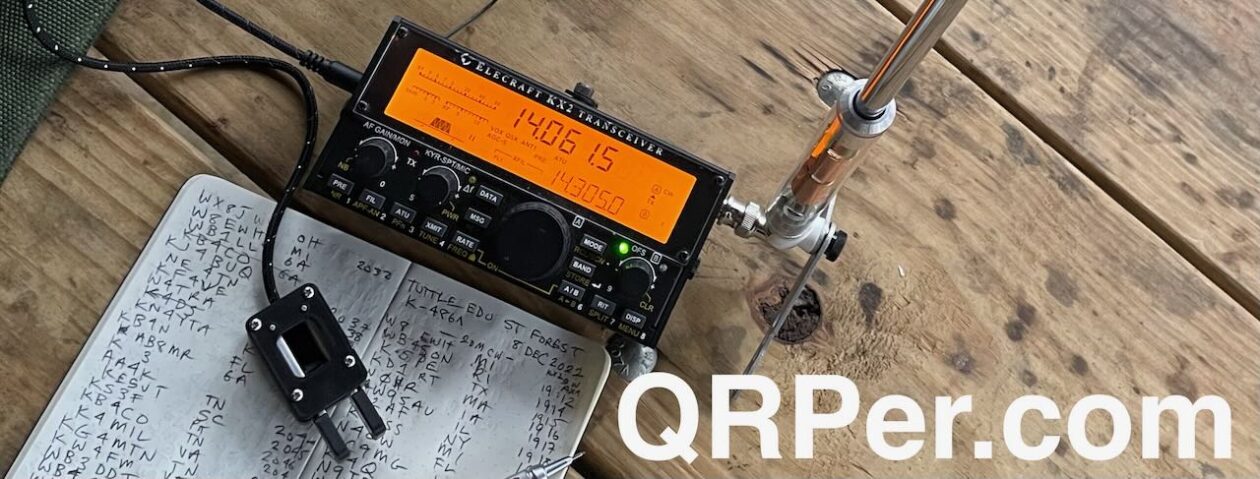I’ve been invited to speak at the Pisgah Astronomical Research Institute (PARI), a non-profit educational radio astronomy observatory (and former NASA tracking station as well as one-time NSA installation), in the mountains of western North Carolina.
I’ll be speaking about shortwave radio, of course–both its technical and cultural aspects–on October 10, 2014, at 7:00 pm EDT. Afterwards, there will be a tour of the PARI campus, and an opportunity to stargaze with both amateur and professional astronomers.
Many thanks to my buddy, Ken Reitz, who shared this article about my presentation in the area’s local county newspaper; here’s my statement about the presentation:
“Shortwave radio is an international communications medium that has been in existence for nearly one hundred years,” said Witherspoon, “yet this vintage technology supports an ever-evolving multicultural landscape that, remarkably, remains relevant today. The Internet and mobile technologies have made the dissemination of information more readily accessible to many, yet shortwave radio remains viable and dynamic, and in many ways still outstrips the Internet.
“I plan to share some of shortwave radio’s diverse voices and investigate some of the technology used to receive them. So, if you are a shortwave enthusiast, or simply interested in learning more about shortwave, this program is for you and will be suitable for all ages.”
Read the full article here–and if you can make the journey, join us for shortwave and astrological fun. There is a small charge for the evening; all proceeds go towards PARI’s mission of providing public education in astronomy.
PARI is a stunning radio astronomy campus which will no doubt be accentuated by the mountains’ fall leaf colors on October 10. For PARI’s location, click here.



 Last night, I captured the pirate radio station Dit Dah Radio on 6,935 kHz (+/-) USB. I published the audio on my shortwave radio blog,
Last night, I captured the pirate radio station Dit Dah Radio on 6,935 kHz (+/-) USB. I published the audio on my shortwave radio blog, 